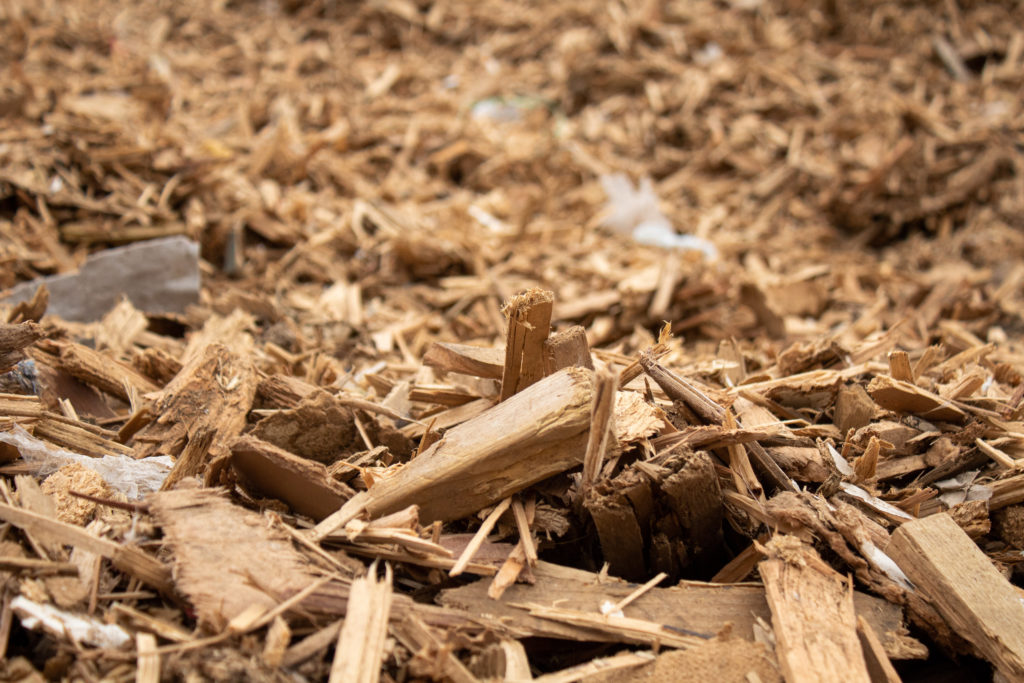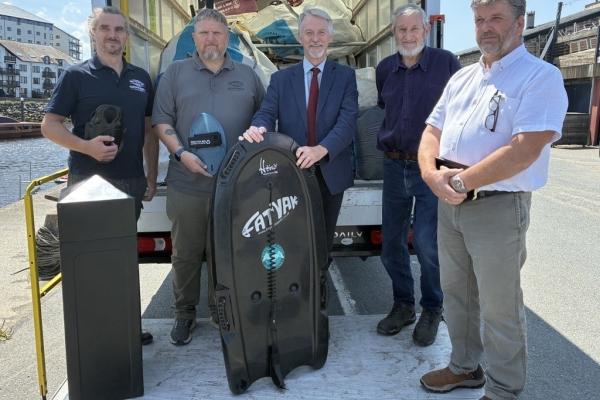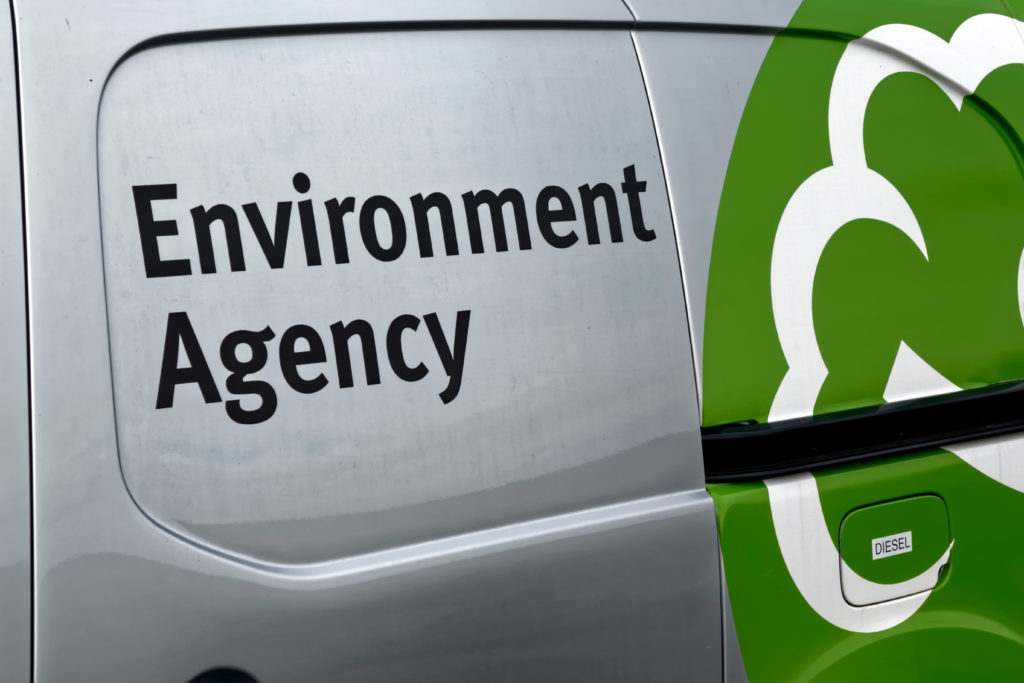On 1 September 2023, after the removal of a previous RPS, the Agency outlined that ten waste wood items from pre-2007 buildings can no longer be processed as non-hazardous, unless sent off for a test to show they are not.
These items are: Barge boards, external fascia, soffit boards, external joinery, external doors, roof timber, tiling cladding, tiling battens, timber frames and timber joists.
However, in the latest position statement published yesterday (2 November), the Agency softened this stance.
‘Pre-acceptance’
Before storing or treating amber list items, operators must carry out ‘pre-acceptance checks’, “to make sure that the waste wood producer is testing regularly (at least once a quarter) and has Wood Recyclers Association (WRA) submission reports to prove it.”
They must also have a permit to store at a transfer station or treat waste wood and move amber items of waste wood under a transfer note and in line with duty of care requirements for non-hazardous waste.
Providing these conditions are met, operators can:
- Move amber items of waste wood as non-hazardous waste wood under a waste transfer note
- Store amber items of waste wood as non-hazardous waste wood
- Treat and mix amber items of waste wood with non-hazardous waste wood at a wood processing site and subsequently move as non-hazardous waste wood under a transfer note
All amber items of wood must be sent to a compliant permitted incinerator or co-incinerator or be used for the manufacture of engineered or composite board.

Testing
The WRA is continuing testing of amber list waste wood to find out hazardous levels.
The Agency warned that it will withdraw the RPS on 1 October 2024, so “it is important that producers of amber waste wood items support this programme of sampling and testing either directly or through their trade body”.
The Agency added: “If the WRA do not have enough test results to present the evidence needed to the Environment Agency before this RPS is withdrawn on 1 October 2024, amber waste wood must be handled as hazardous waste wood when this RPS is withdrawn. To present the results to the Environment Agency, the WRA will need to have all test results by 1 September 2024.”
Testing still needs to happen but this short term RPS will mean it is less onerous
- Vicki Hughes, WRA
‘Concerns’
Last month, the WRA had looked to clear up confusion over the new rules, warning that some are “charging more than necessary” to transport the material (see letsrecycle.com story).
In a statement yesterday, Vicki Hughes, technical lead on the WRA board, said the WRA “welcomes the launch of RPS 291 which is the result of us raising concerns about those collecting waste wood from households and some very long discussions with the Environment Agency on behalf of industry.”
She added: “Testing still needs to happen but this short term RPS will mean it is less onerous and ensure that waste wood can continue to be processed with minimal disruption and cost.”
‘Vital’
Elsewhere, Reconomy also supported the guidance.
Eliza Chanin, compliance manager at the group, commented: “We welcome the Environment Agency’s new position on the storage and treatment of potentially hazardous waste wood. With this regulatory position in place for a year, it is vital that industry works together to ensure that supply chain operates collaboratively to implement this new guidance.
“If proper sampling and testing is not forthcoming, the Environment Agency could withdraw this guidance and impose more stringent waste management legislation which would increase the burden on removing ‘amber’ waste wood from domestic premises, demolition sites or other buildings.
“We urge relevant businesses to engage with trade bodies and other stakeholders that can support on compliance to ensure they are getting this right first time.”








Subscribe for free